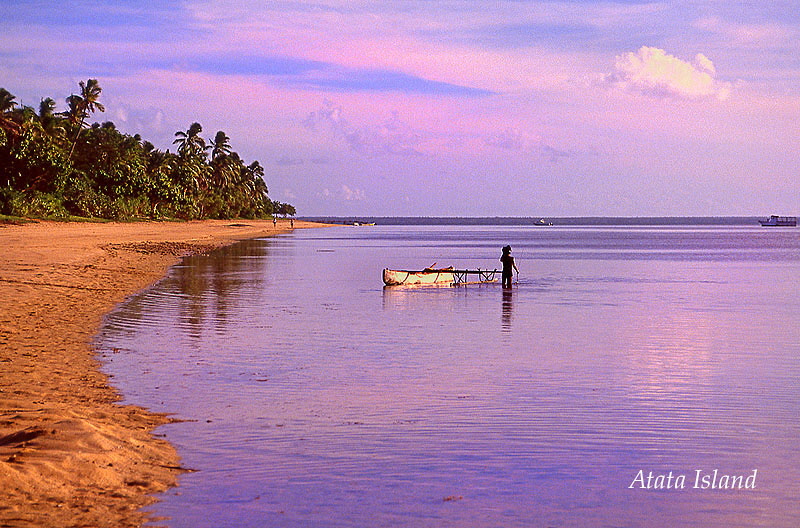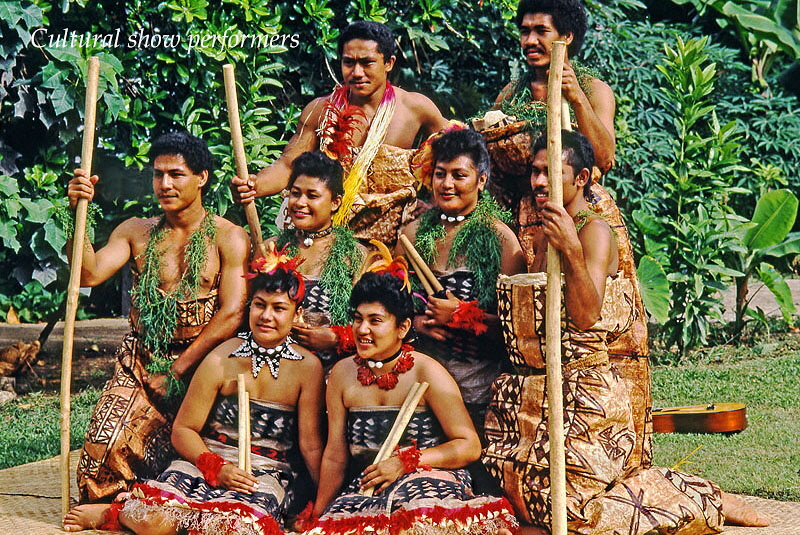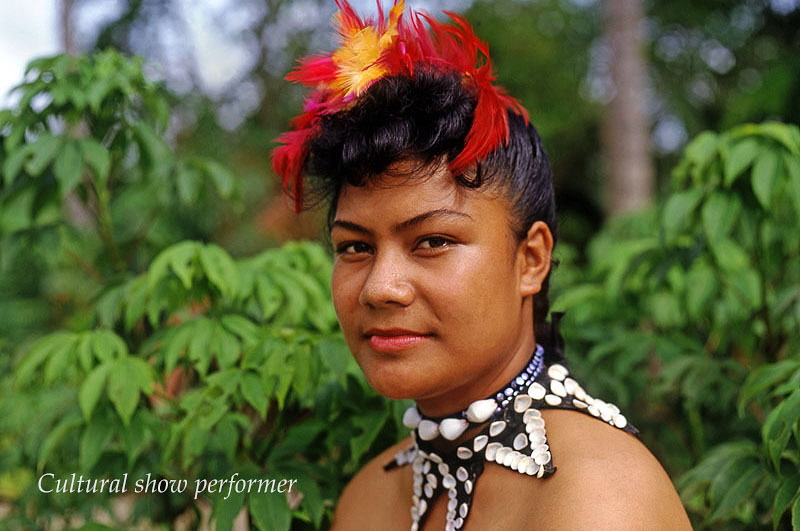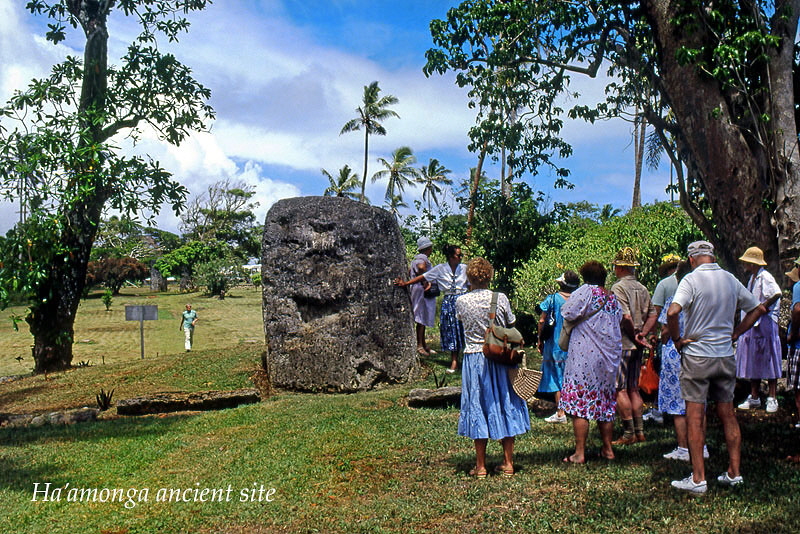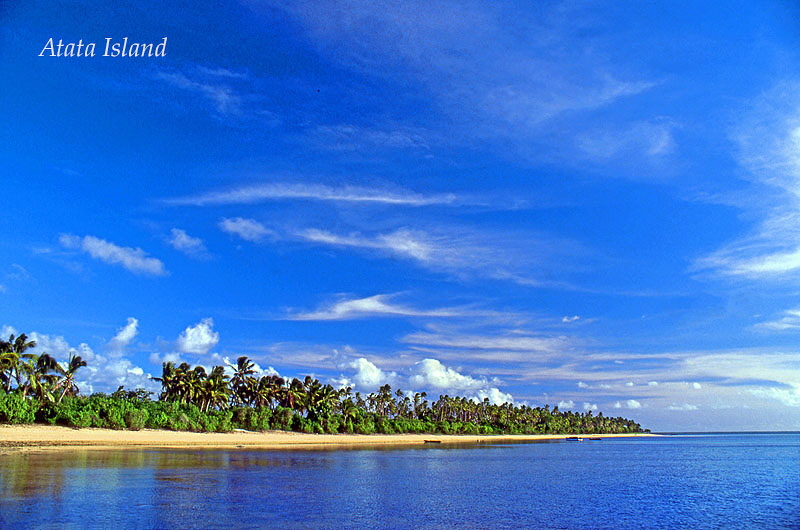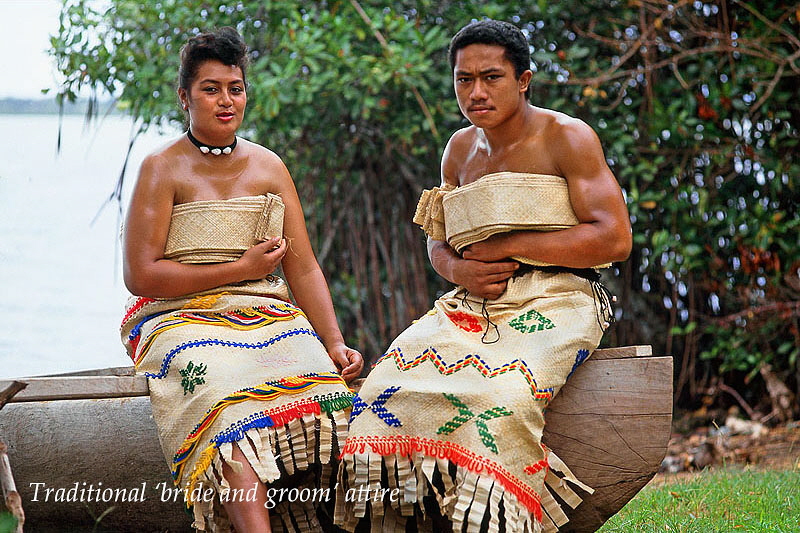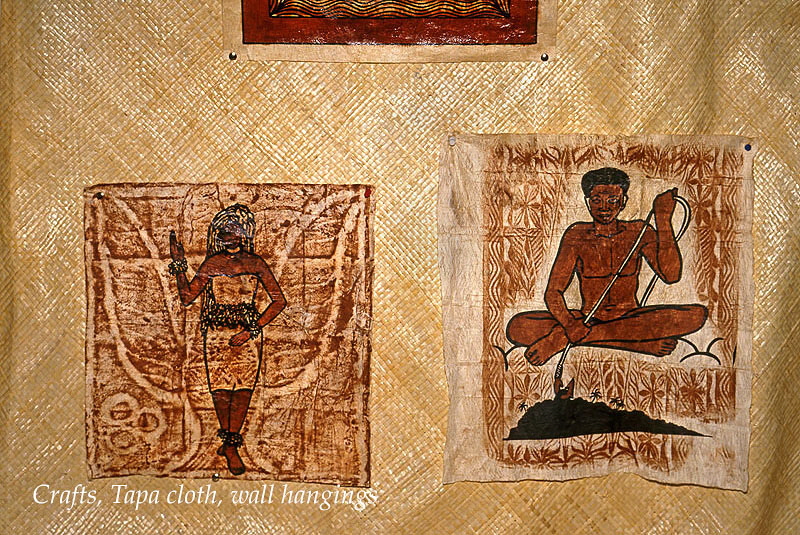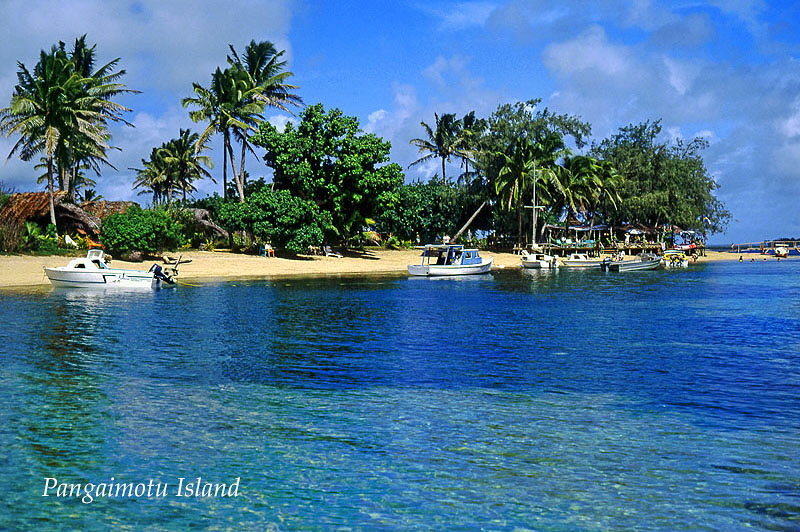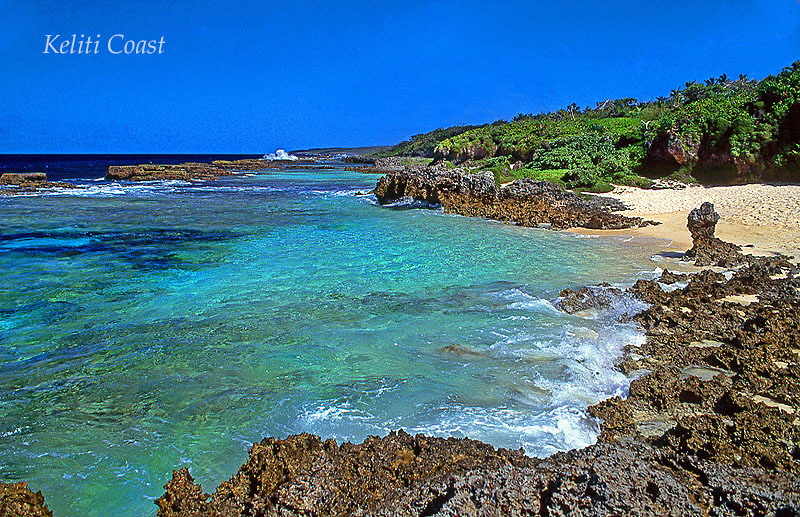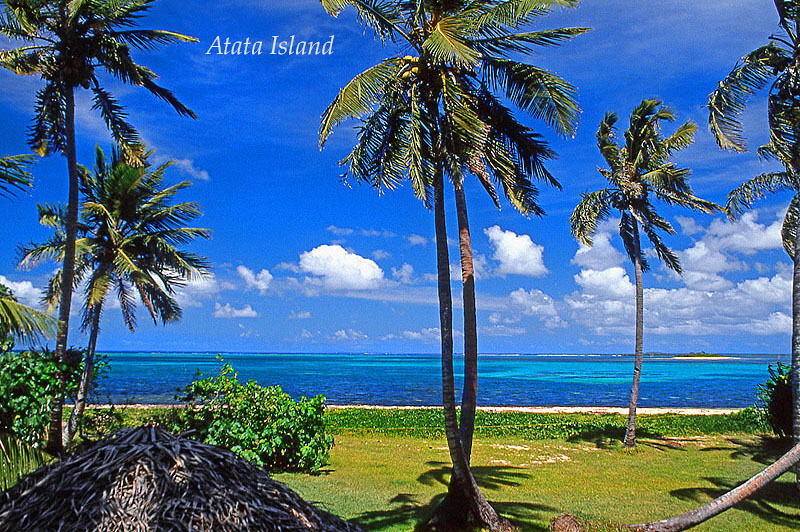
Royal Palace
My visit to the Kingdom of Tonga was a chance happening.
I was on vacation in Fiji, and walking into a travel agent one morning, I noticed an ad offering a five-night ‘cultural tour’ to Tonga, with flights, hotel and some excursions, all included for a ridiculously low price. Not a fan of package tours, but the opportunity of a short visit to another Pacific country was enticing. It resulted in a rewarding, unforgettable experience.
My knowledge of Tonga at that time was limited, so travelling on an escorted tour with a local guide made all the difference.
Tales of Tonga
From Fiji, it’s a 90 minute flight to Nuku'alofa capital of Tongatapu, the main island. Although Tonga is an archipelago of some 170 islands, only 36 are inhabited. The total area is 290sq miles (750sq km), and the main island is just 100sq miles (260sq km). With a population of under 100,000, they are mainly Polynesian, mostly Christian, and speak both Tongan and English
My tour group of just 12, included a day and a half tour around the island, a visit to the cultural centre, a traditional dinner, and a day trip to other small isles.
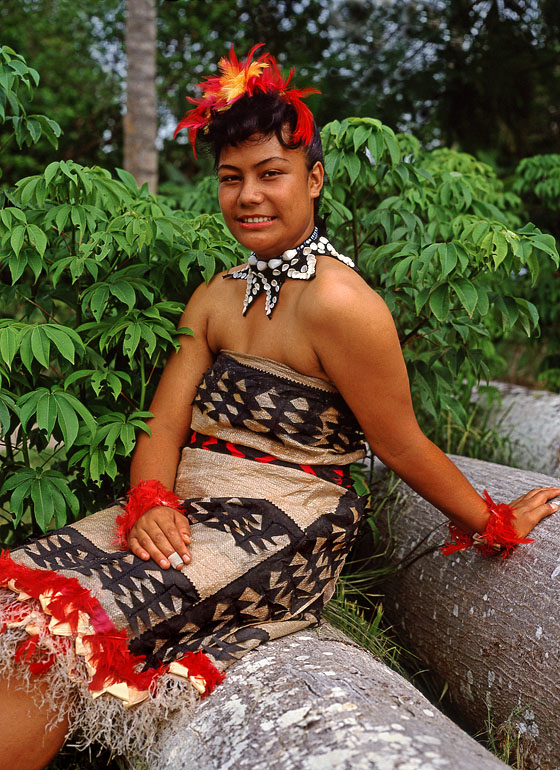

Atata Island

I was surprised to discover that for a tiny country, it has several archaeological sites, dating back to around 1200AD. The Ha’amonga Trilithon is a strange stone structure reminiscent of a section of Stonehenge, and buried in mythology and legend. There is no clear indication of how it was built or came to be placed here. Nearby, a giant stone carving suggested it was once a king’s throne. In the village of Lapaha, are remains of ancient royal tombs (Langi), also dating back to the 12th century. Once pyramid-style structures, all that remains are two or three levels of limestone slabs.
Ancient stone carving
Ha’amonga Trilithon
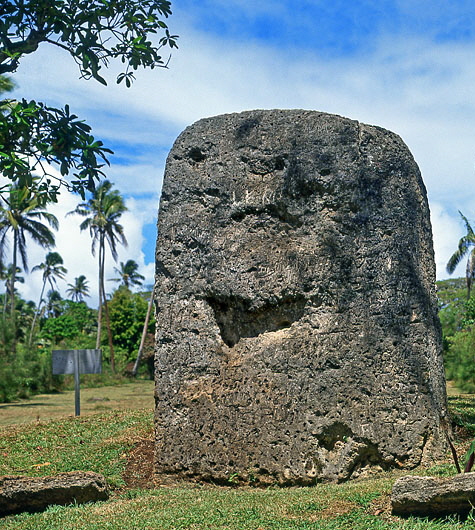
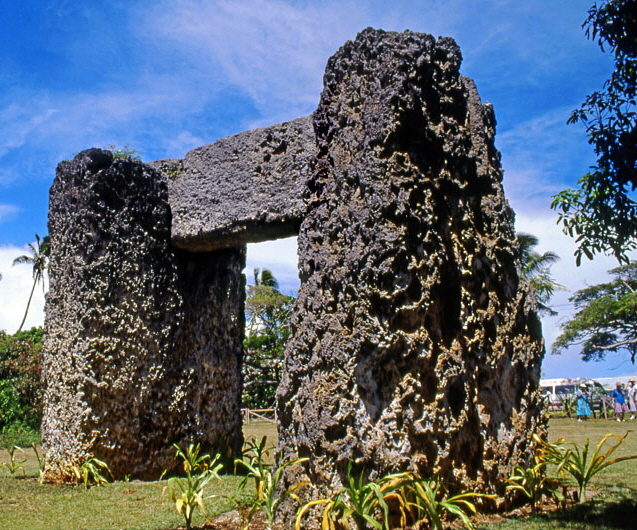
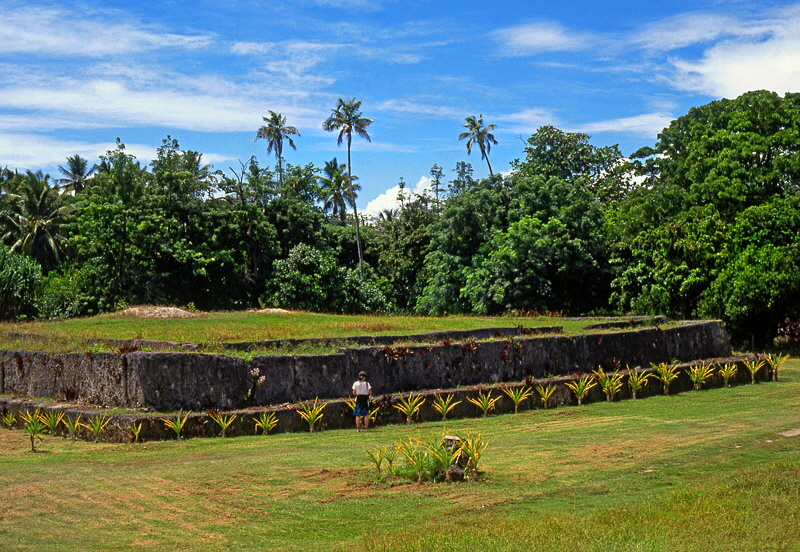
Ruins of the ancient Royal Tombs at Lapaha
To see the present-day Royal Tombs we stopped at what looked like an ordinary cemetery. However, what was more interesting was to see many of the ordinary tombs. The graves have coral sand mounds decorated with flowers, and unusually rows of empty beer bottles, embedded into the sand. There are several explanations to the ‘beer bottle’ decorations - saying it prevents the soft sand mounds from being washed away during the rains. Others say alcohol depicts western culture, and the placing of the bottles denote that the deceased and family could afford to drink it!
King George Tupou VI of Tonga is the only remaining monarchy in the Pacific, and The Royal Palace in Nuku'alofa is his residency. Located close to the waterfront, it’s a beautiful two-storey white timbered building, with red roofs, built in 1867, and is retained as a historic landmark. It can only
be viewed from the outside as it’s not open to the public.

Royal Palace
Royal Tombs
Graves decorated with empty beer bottles

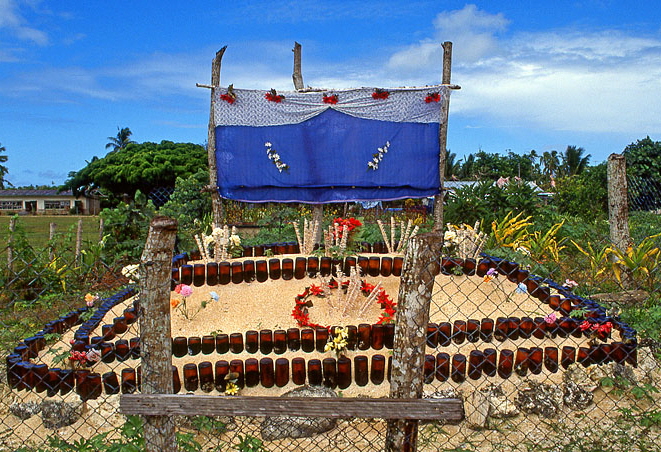
Wood carvings
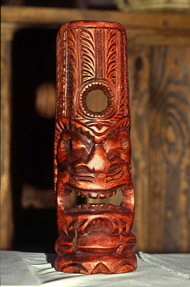
Our first stop on the morning tour was at the open-air Talamahu Market. It’s where the locals bring in their produce to sell as well as gather in small groups to socialise. It was nice to see many vendors and shoppers dressed in traditional attire of wrap-around skirts. There was enough time to wander around the stalls full of fruit and vegetables, neatly packed into woven-frond baskets made from coconut branch leaves. There were some huge gourds and giant yams resembling cassava, but I was unable to find out the name. Of course there were also crafts stalls with some beautiful wood carvings, and those looking for souvenirs didn’t have to look any further.

Coconut shell handicrafts
Talamahu Market
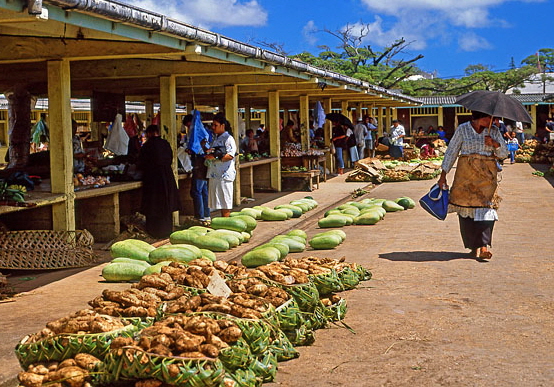

To learn about Tonga’s culture and traditions, a visit to the National Cultural Centre is essential. It’s a one-stop place to see and experience the island’s history, traditions of everyday life, and watch demonstrations of traditional crafts like mat weaving from Pandanas leaves. It is also a place to demonstrate to both visitors and Tongans that they have managed to preserve their culture throughout history, and is still intact today.
National Cultural Centre, mat weaving, Tapa cloth making, wood carving


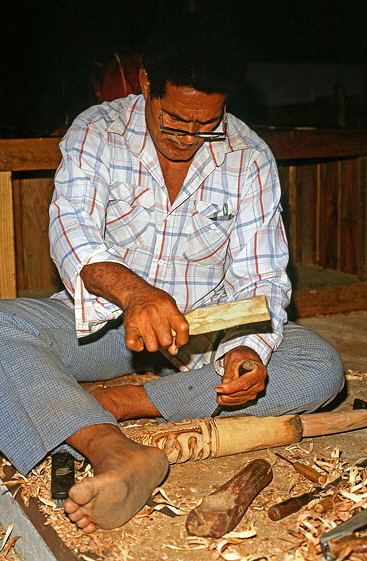
Tapa cloth making was particularly interesting. As the guide explained, it is produced from the inner bark of the paper mulberry tree, which is beaten with a mallet, then the strips are joined together to make large cloths that can be worn. Other demonstrations were wood carving, the traditional way of climbing a coconut tree, husking the fruit, and extracting the coconut milk. There was also a ‘fashion show’with Tongans in various attire - bride and groom costume, day dress for men and women, mourning costume, and the national dress for women. It was a wonderful, colourful show and a great photo opportunity.
The wearing of the Tupenu (cloth-wrapped skirt) is common attire worn by almost all Tongans. In addition, the Ta’ovala is a woven mat wrapped around the Tupenu, similar to westerners wearing a suit.
Bride and groom attire
Mourning attire
National dress

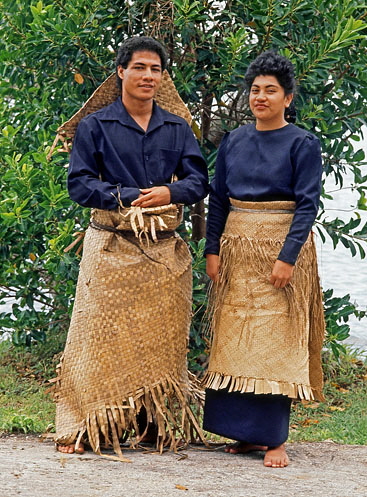
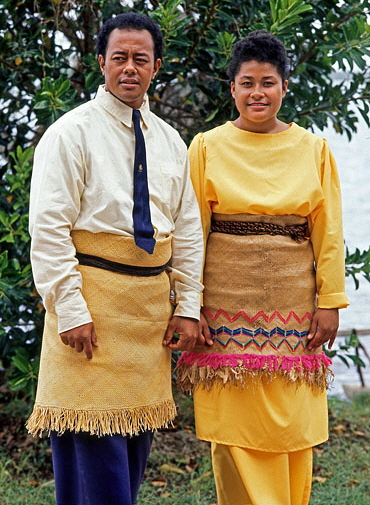
The highlight of the visit to the Cultural Centre was the enactment of the ‘Kava Ceremony’. Kava is an alcoholic drink (which looks like muddy water) and is made from the root of the Piper plant. Groups of men sit around the large wooden bowl containing the liquid (which we observed being made earlier), while the women serve it in coconut shell cups. The cup is passed from hand to hand and refilled. Song and dance were performed during this ‘ritual’ and we were offered a sample to try, which had a strong bitter herbal taste.
Later we were ushered into the obligatory gift shop, where there were some lovely handicrafts and souvenirs to purchase.
Kava ceremony
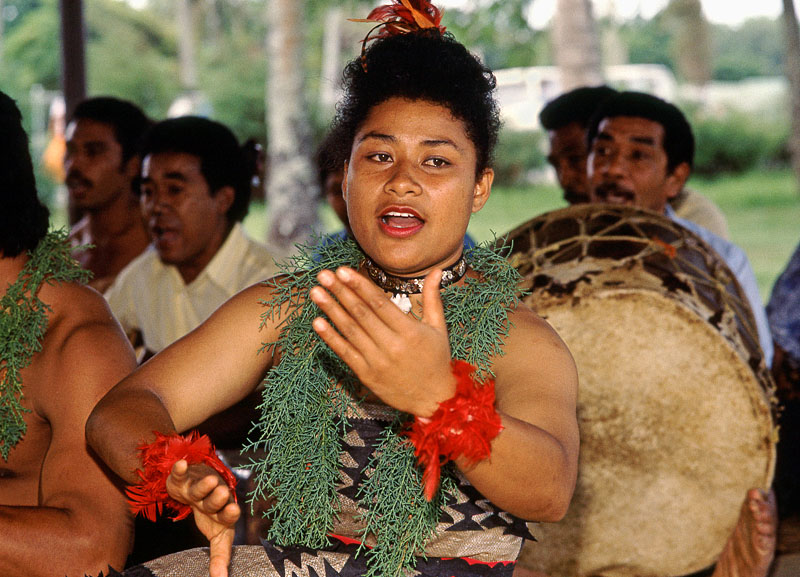
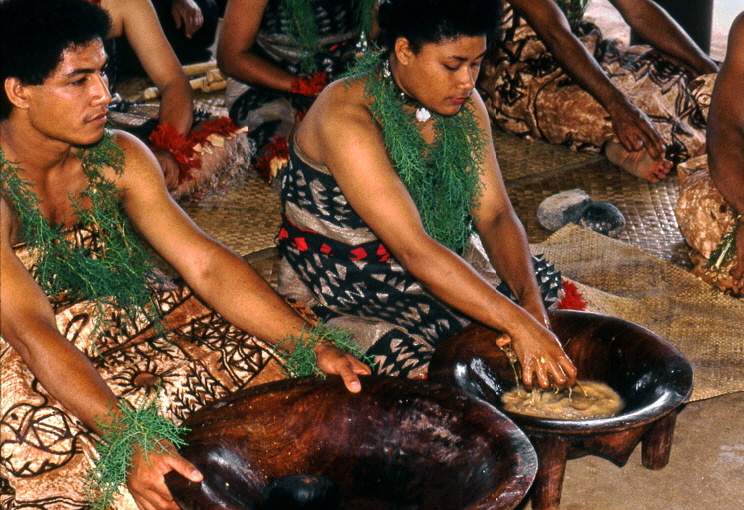
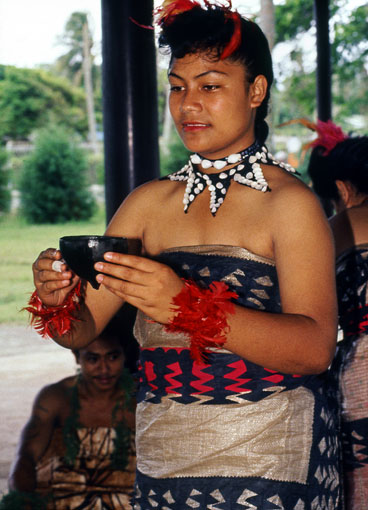
Preparing Kava drink
Kava served in ‘coconut shell’ cups
A fabulous day trip to outer islands
The day trip to a couple of outer islands was simply outstanding. Just 10 minutes by boat, the tiny island of Pangaimotu, surrounded by crystal clear turquoise blue waters, is a picture postcard of what a tropical island looks like. Approaching the coastline, we stepped into the knee- deep waters and waded onto the beach. There are no attractions here, except to relax and enjoy the stunning pristine beach and scenery. A wreckage of a ship popping out of the water a few metres away added to the scenery. It was nice to see local families had also come to the island for a picnic and to watch children playing in the shallow water.
Pangaimotu island
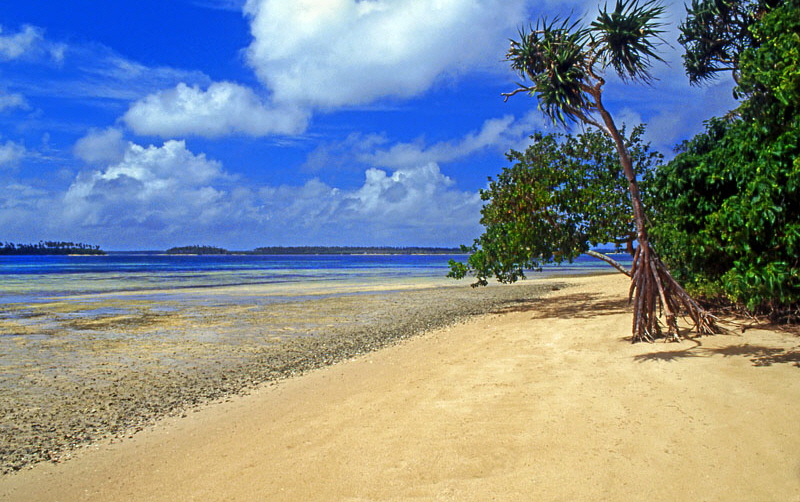

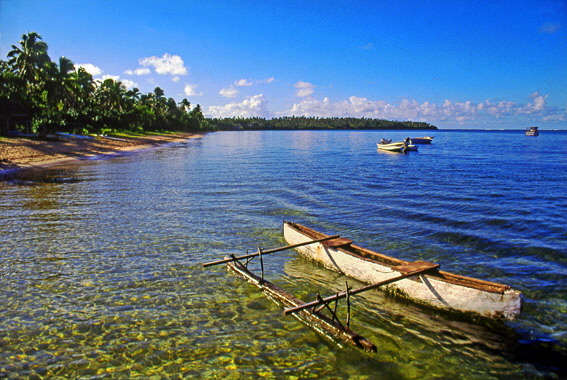
Pangaimotu island
Our next visit was to Attata Island. Approximately 10km from Nuku'alofa, the 100-acre island is a popular full day trip for tourists. Like Pangaimotu, the soft sandy beaches were a beachcombers paradise.
Atata island

As our itinerary extended till sunset, I had plenty of time to explore the island interior, following footpaths amidst tall grasses, pandanus shrubs, and even taller coconut trees. The island also has one resort hotel - the Royal Sunset, where we had a lunch of grilled fish, tapioca, salads, and a smoothie of watermelon, pineapple and coconut water. Later, I settled on the beach until the afternoon sun began to go down, and the sky hues turned purple and red. The sea was so calm, the only sound was the soft ripples made along the shore. From nowhere little catamaran fishing boats appeared, and to my surprise noticed children fishing from a couple of them. I’ve been to scores of beaches around the world and can say this is one of my favourites. It was refreshing to enjoy unpolluted beaches where there was no rubbish strewn by visitors.
Exploring the island interior

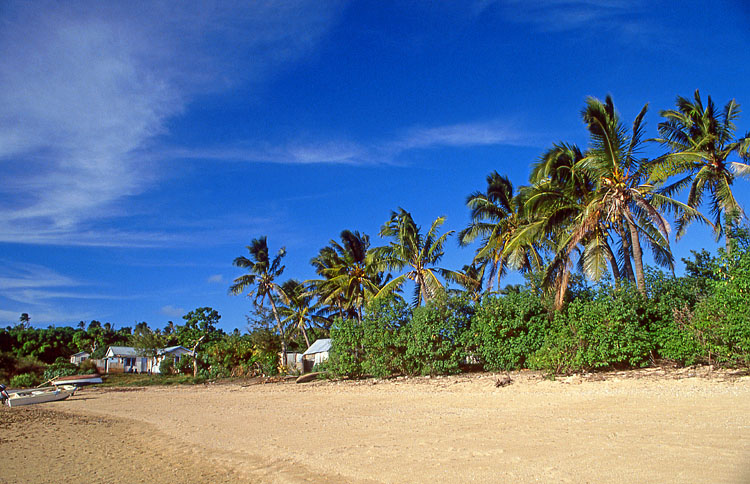
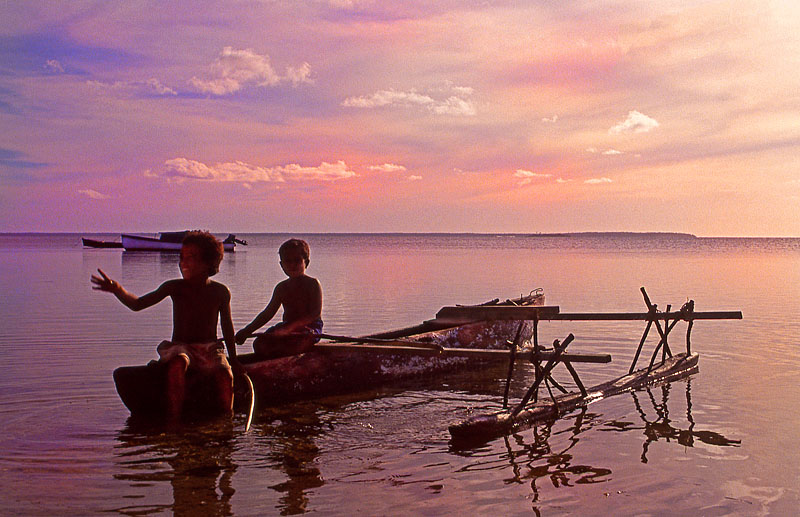
Atata island at sunset, children fishing from small catamaran
There are some lovely beaches in Tongatapu as well. And as we had one free day in the tour, I decided to explore a little on my own. Time was short, so enquiring at the hotel, one of the staff whose brother had a car, offered to take me around for a modest fee. I asked him to drive around the countryside, where I could see local village houses (fales), and farmed land with taro plantations.
Driving along a country road, I stopped to let school children pass by, who saw me with my camera instantly grinning posed for photos. A young man on a horse approached us, and this was a rare sight, as there were hardly any horses on the island. Once imported by Europeans, today the few left are used for pulling carts to transport coconuts and other agricultural produce. I did notice lots of pigs freely wandering about, and my driver informed me that pork was the staple meat in the diet!
Fale (rural house)



Asking him where the best beach was, he drove south to Keleti Beach, which has a rocky coastline, and in-between were small stretches of white sand shores. Unspoiled, and clean, I spotted just one couple sunbathing. Later in the afternoon, we drove towards the town harbour front to watch the small boats come in and fishermen unload their catch.

Keleti coast and beaches



Nuku’alofa, harbourfront, fishing boats
A Tongan feast - alfresco dining at its best
On the last night of the tour, we were treated to a typical Tongan feast. Not only was the food delicious, but the way it was presented was so visually appealing and appetising. Chunks of pork and chicken baked in a hollowed-out banana trunk stem, and laid out on banana leaves were served as the main course. Then there were coconut fruit halves, filled with vegetables and avocado. There were other dishes like grilled fish, and starchy food such as taro, sweet potato, and tapioca. The dinner which lasted late into the night was followed by a cultural dance performance aimed at the tourists.
Coconut half, filled with vegetables and avocado


Meat dish, in hollowed out banana trunk stem
My short visit to this lovely island and its people was a delightful experience. These days with easy connections from Australia or New Zealand, if I am in that region again in the future, would hope to
make a return visit.
The best thing about Tonga is that it is still relatively untouched by mass tourism, which allows the discerning traveller the opportunity to observe the unique traditions and culture of the Polynesian lifestyle.
16 images here ©JAYTRAVELPHOTOS
© COPYRIGHT notice. The images on this site are for viewing only.
To purchase any, for personal or commercial use, please contact us at jaytravelphotos@aol.com
